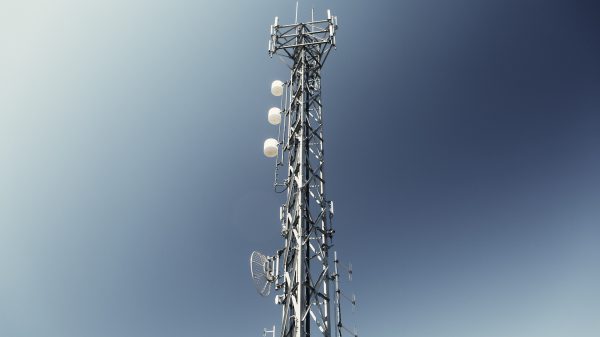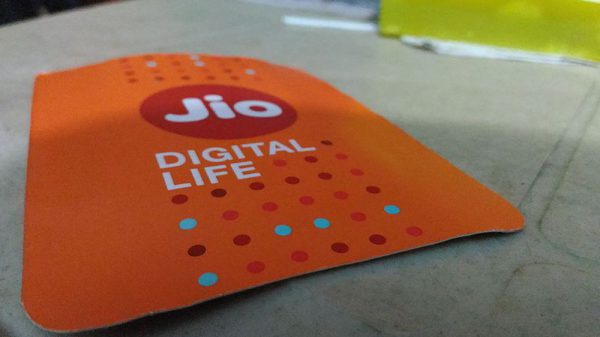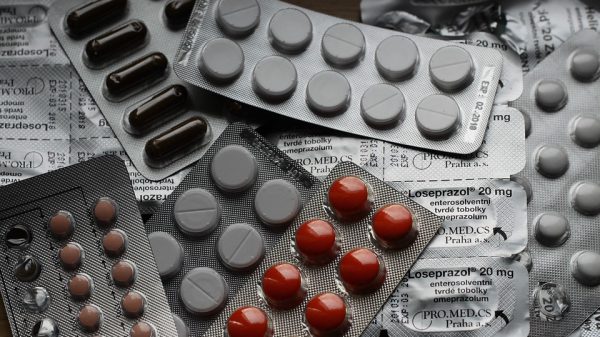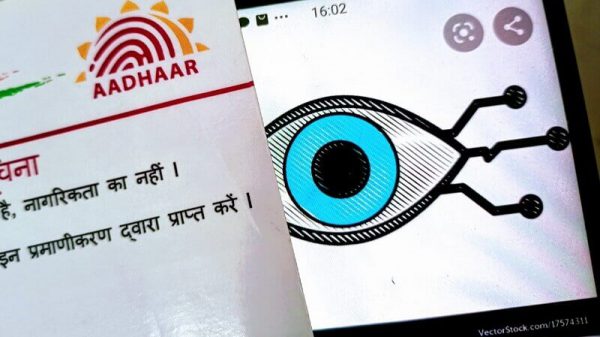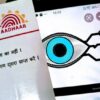Aadhaar authentication will be used on a voluntary basis to create Unique Health Identifiers (UHID) for citizens, according to a gazette notification issued by the Union Health Ministry on January 1, 2021. The UHID will be used “for identification and authentication of beneficiaries” of “various health IT applications,” it said.
The Health Ministry has already been piloting the National Digital Health Mission (NDHM), under which citizens are required to create Health IDs, in six union territories. This identifier will “facilitate integration of health data across various applications and create longitudinal Electronic Health Record for citizens”, and also allow de-duplication across various health services, it said. Dr. Indu Bhushan, chief executive officer of the National Health Authority, which is the implementing body for the NDHM, said last month that the Mission would be rolled out nationwide in January. Last month, the body also finalised the Mission’s Health Data Management Policy.
The ministry, in its notification, says that Aadhaar authentication can be used for “good governance” and to enable access to services permits beneficiaries “to get service directly in a convenient and seamless manner.” The voluntary use of Aadhaar is a convenient way to prove one’s identity to obtain services from the central, state, and union territory governments, it said.
Termed as the Unique Health Identifier Rules, 2021, the use of Aadhaar authentication has been permitted under the Aadhaar Authentication for Good Governance (Social Welfare, Innovation, Knowledge) Rules, 2020 and the parent Aadhaar Act, 2016, itself. The Aadhaar for Good Governance Rules, notified in August 2019, permits any ministry, department, or state government to carry out “voluntary” Aadhaar authentication for:
- “usage of digital platforms to ensure good governance”
- “prevention of dissipation of social welfare benefits”, and
- “enablement of innovation and the spread of knowledge”
The rules essentially permit Aadhaar to be tied to the creation of Health IDs under the NDHM, which is expecting to see nationwide rollout soon. In NDHM’s strategy document, released in August, said that the unique Health ID will be based on Aadhaar for those seeking to claim benefits under government schemes under the Aadhaar Act, and those “willing to provide Aadhaar”.
The Health Ministry itself will be designated as a Authentication User Agency (AuA) or the KYC User Agency (KuA), which are known as “requesting entities”, for providing Aadhaar authentication services to all health IT applications in order to create Unique Health Identifiers. According to the UIDAI’s website, “a requesting entity means an agency or a person that submits Aadhaar number and demographic information or biometric information of an individual to the Central Identities Data Repository (CIDR) for authentication” under the parent Aadhaar Act, 2016. AUAs and KUAs are both requesting entities that provide Aadhaar-related services to the Aadhaar number holder, using authentication facilitated by the Authentication Service Agency (ASA). However, read alongside the 2018 Supreme Court judgement that struck down Section 57 of the Act, hence disallowing private entities’ use of Aadhaar-based authentication for any reason, the definition of “requesting entities” is now narrow.
Instructions for the entities may be issued separately through an administrative order or circular, the Health Ministry said in the notification.
Entities which are desirous of allowing voluntary Aadhaar authentication as one of the options to create a Health ID and share health information under various Health IT applications shall be permitted to do so and the extant regulations in this regard shall be applicable to all entities and transactions. – Health Ministry’s gazette notification
Health services will not be denied since use of Aadhaar authentication to create UHID is voluntary, the notification said. However in the current Rules, the ministry said it may allow additional identified documents to be used for creating a UHID and for health service delivery, via a written order.
Also read

